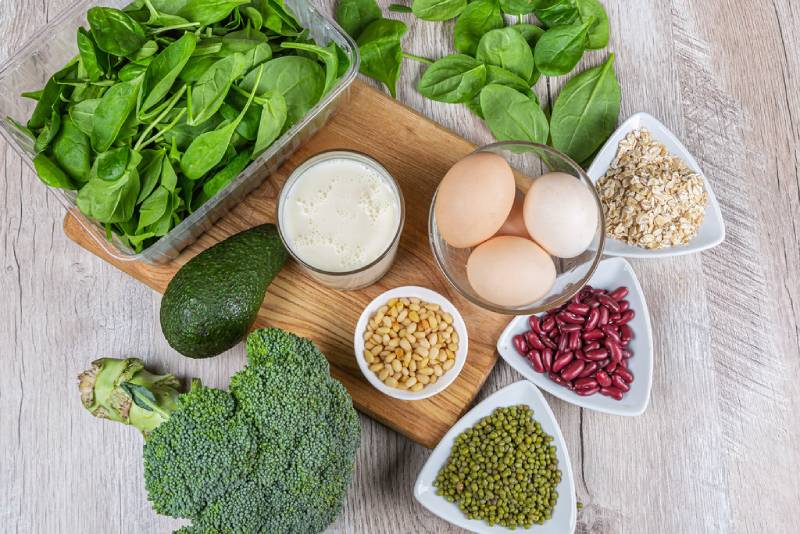What and when to eat in times of covid-19?
At the nutritional level, especially during the covid-19 pandemic, it would be convenient to consider some simple but very useful recommendations at the level of diet choice, the number of meals, and food choices within each food group.
Choice of diet
The choice of a diet is one of the basic pillars for the treatment of obesity and type 2 diabetes mellitus. A diet based on; the consumption of fruits and vegetables, whole grains, and heart-healthy oils; can help good control both; blood glucose and cardiovascular risk factors. Specifically, consuming multiple vegetable products, fruits, and whole grains, together with the regular use of olive oil as cooking fat and seasoning, contributes to good metabolic control.
Number of meals and hours
Instead of eating at any time, eating is restricted only to a period of only 9 hours a day.
Choice of food
Eating vegetables adds volume (reducing caloric content) and satiety. This food group; should be included in every meal to be healthy and provide fiber. With this pattern, the rate of absorption of carbohydrates is reduced, which in turn helps reduce the glycemic index (GI). And we avoid accumulating more fat than necessary in our body.
As for fruits, whole fruits are recommended, if possible in the season. It is advisable to avoid isolated consumption of fruit to avoid blood glucose peaks. In addition, it is recommended to mix the fruit with protein foods, healthy fats, and/or foods rich in fiber, for example, a handful of nuts.
If we talk about protein foods, the diet should include plenty of legumes (at least 50% of the protein intake should be of plant origin), as well as the consumption of fish or shellfish 2-4 times a week, especially small bluefish, which are rich of vitamin D.
Ingested protein increases the insulin response (second phase of insulin secretion) without increasing plasma glucose concentrations.
Regarding fats, it is convenient to favor the consumption of monounsaturated (olive oil, nuts, etc.) and maintain an adequate omega-6 / omega-3 ratio. That means moderating the consumption of foods rich in omega-6 (sunflower oil and its preparations) while we include foods rich in omega-3 (walnuts, flax, chia, green leafy vegetables, cabbages, etc.)
Whole foods should be chosen from the group of farinaceous foods, trying to include soluble fiber in all meals. It is convenient to reach 2 grams of soluble fiber at breakfast (oatmeal type cereals, nuts, red fruits, etc.).
The perfect complement: physical exercise
Given the pandemic situation we are facing, it is important to exercise as regularly as possible, either at home or elsewhere. Physical exercise improves respiratory capacity, and in return, establishes connections for psychological well-being.
The physical activity necessary to prevent obesity is estimated at an extra 1000-2000 kcal per week. Of course, as long as it is aerobic, progressive for 30-60 minutes, and this can be split into minimum sessions of 10 minutes.

